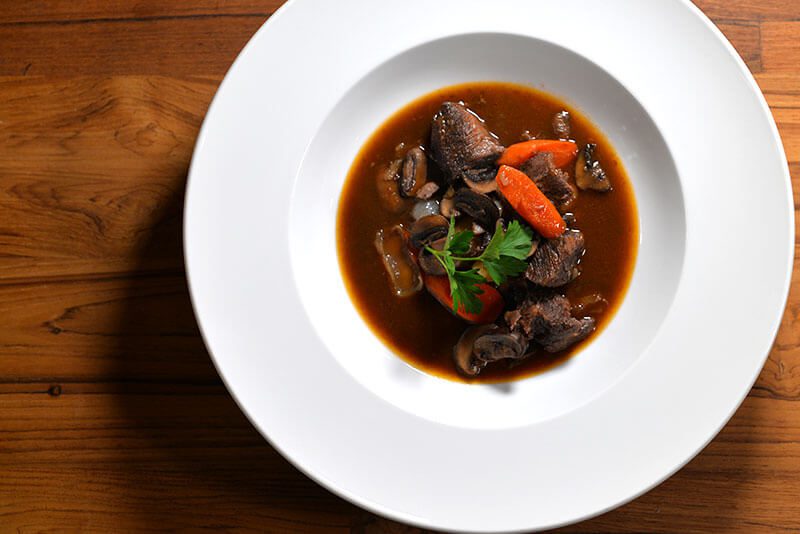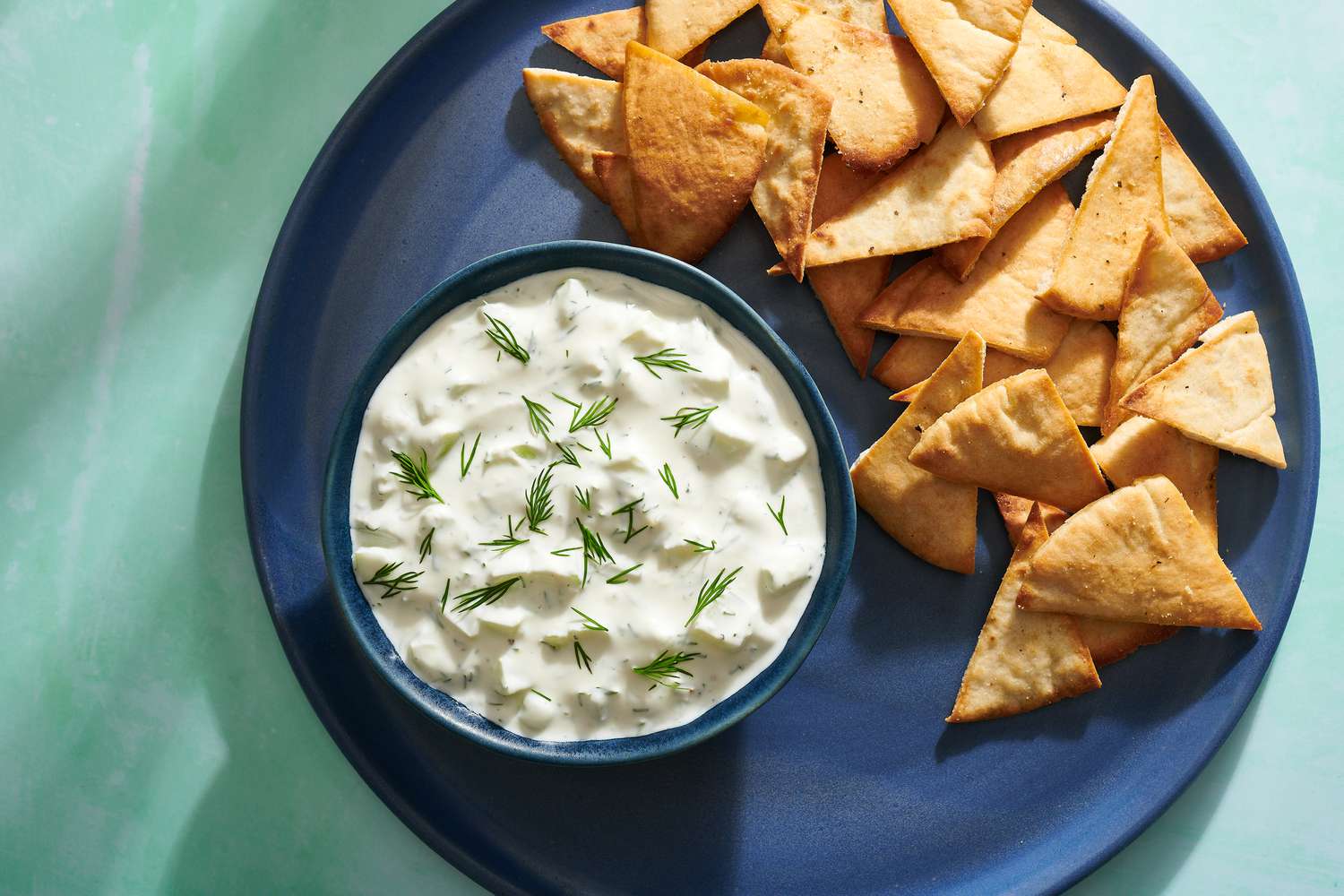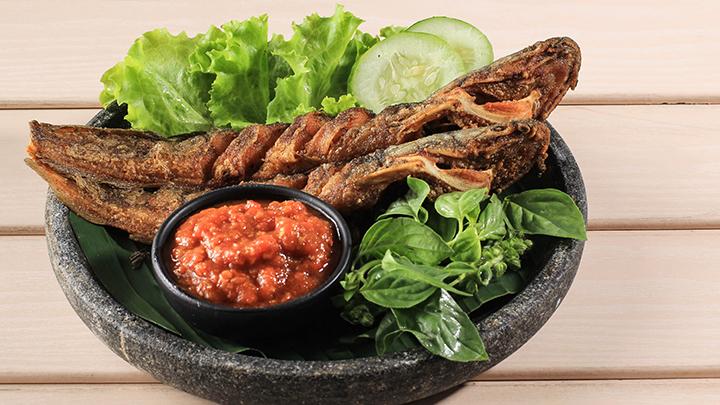The first time I had a real croissant—like, a proper French croissant—was at a tiny boulangerie in Paris. I still remember the sound it made when I bit into it: that delicate, crackly flake that gives way to warm, buttery softness inside. I stood there on the sidewalk, crumbs flying, completely hooked.
Croissants are so much more than bread. They’re an art form, a tradition, and a little slice of French magic wrapped in golden layers.
🥐 What Is a Croissant?

A croissant is a crescent-shaped, laminated pastry made by folding butter into dough multiple times to create dozens of delicate layers. When baked, those layers puff up into a golden, crispy shell with a light, airy interior.
It’s buttery, flaky, slightly sweet, and best enjoyed fresh—still warm from the oven, if possible.
There are many types of croissants, including:
-
Plain (nature) – classic, unfilled
-
Almond (aux amandes) – stuffed with almond cream and topped with sliced almonds
-
Chocolate (pain au chocolat) – technically not crescent-shaped but made from the same dough, folded around dark chocolate bars
-
Ham & Cheese (croissant au jambon) – savory, gooey, and oh-so-French
🇫🇷 The Origins of the Croissant
Ironically, the croissant isn’t purely French—it has Austrian roots. It’s believed to be inspired by the kipferl, a crescent-shaped bread from Vienna.
The story goes that after the Ottomans’ failed siege of Vienna in 1683, bakers created pastries shaped like the crescent moon from the Ottoman flag to celebrate. Centuries later, Marie Antoinette (originally from Austria) supposedly introduced the idea to France.
French bakers eventually took the concept and perfected it with laminated dough, turning it into the flaky croissant we know and love today.
🔄 How Croissants Are Made
Making croissants from scratch is a labor of love—and butter. Lots of butter.
Here’s a simplified version of the process:
-
Dough prep – Yeasted dough is made and rested.
-
Lamination – A slab of cold butter is placed in the dough, then folded and rolled multiple times (usually 3–4 “turns”).
-
Shaping – The dough is cut into triangles and rolled into crescents.
-
Proofing – The croissants rest and rise, becoming puffy.
-
Baking – They’re brushed with egg wash and baked until golden brown and gloriously crisp.
Each step requires patience, precision, and cold hands (seriously, warm butter ruins the lamination).
🥖 Croissant Culture in France
In France, croissants are a breakfast staple. You’ll see them in every boulangerie, often stacked next to pain au chocolat and baguettes.
Here’s how locals enjoy them:
-
For breakfast, with coffee or hot chocolate
-
Split and spread with jam, butter, or Nutella
-
Dipped into café au lait (a classic French move)
-
Used in sandwiches, especially with ham, cheese, or eggs
Fun fact: A good croissant should be eaten within hours of baking. That flaky crunch fades fast, which is why French folks buy them fresh daily.
🌍 Why the Croissant Became a Global Icon
You can now find croissants in cafes, bakeries, and even gas stations around the world. But a true, artisanal croissant stands out—and people know the difference.
They’ve become a symbol of:
-
French culinary craftsmanship
-
Luxury and simplicity
-
That magical combo of texture, taste, and technique
From Tokyo to New York, bakers now experiment with croissants—filling them with pistachio cream, dipping them in chocolate, or even making “croissant cubes” and croffles (croissant + waffle). But the classic remains king.
✅ Tips for Enjoying a Great Croissant
If you’re on a mission to find (or bake) the perfect croissant, here’s what to look for:
-
Appearance: Deep golden, slightly shiny, with visible layers
-
Texture: Crisp outer shell, soft and airy interior
-
Aroma: Buttery, toasty, slightly nutty
-
Sound: A soft crackle when you break it apart (yes, it’s a thing)
Bonus: Reheat leftover croissants in the oven (not microwave!) to bring back the flake.
Final Thoughts: A Little Crescent of Joy
The croissant may seem simple, but it’s anything but ordinary. It’s one of those rare foods that manages to be both humble and luxurious, comforting and elegant.
So next time you’re near a bakery—or lucky enough to be in France—grab one fresh, warm, and flaky. No need for extras. Just a quiet moment, a coffee, and that first perfect bite.
Because sometimes happiness really is layered in butter and folded into a crescent.




